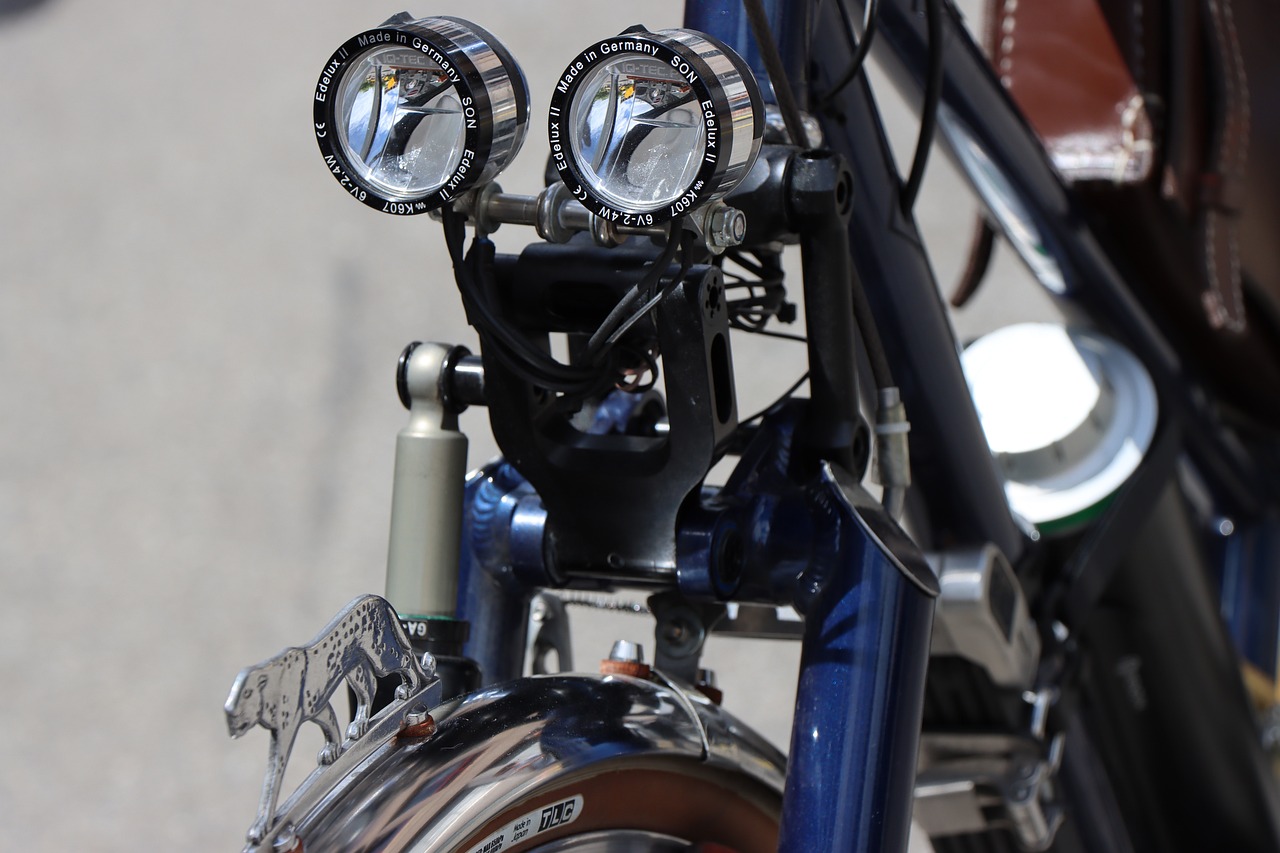When it comes to shopping second-hand, ensuring safety and quality should be at the top of your priority list. Whether you’re on the hunt for a vintage treasure or simply trying to save some money, it’s crucial to take the time to thoroughly inspect items before making a purchase. By conducting thorough safety and quality checks, you not only protect yourself from potential hazards but also ensure that you’re getting the best value for your money. From examining garments for tears or stains to testing electronic devices for functionality, these checks can make all the difference in your second-hand shopping experience. Don’t skip out on this essential step – it’s your ticket to a successful and satisfying shopping spree.

Importance of Safety Checks
When it comes to shopping second-hand, safety should be a top priority. Ensuring personal safety is essential to prevent accidents and hazards, as well as to avoid health risks. Safety checks can help identify any potential dangers that may be present in second-hand items, allowing you to make informed decisions and protect yourself and your loved ones.
Ensuring Personal Safety
Personal safety should never be compromised, regardless of whether you are purchasing new or used items. By conducting safety checks on second-hand items before making a purchase, you can ensure that you are not unknowingly putting yourself at risk. These checks can range from assessing the structural integrity of an item to examining potential choking hazards or sharp edges. By taking the time to thoroughly inspect second-hand items, you can have peace of mind knowing that you are purchasing safe and reliable products.
Preventing Accidents and Hazards
Accidents and hazards can occur when least expected, but by conducting safety checks, you can significantly reduce the risk. Physical inspections can identify any potential dangers such as unstable furniture or broken materials. Electrical safety checks can help prevent electrical shocks or fires caused by faulty wiring or damaged cords. Fire safety checks ensure that the items you purchase are resistant to fire and that you have adequate smoke detectors and fire extinguishers in your home. Chemical safety checks can help identify harmful substances or toxic fumes that may be present in second-hand items. By taking the necessary precautions and conducting safety checks, you can prevent accidents and potential hazards in your home.
Avoiding Health Risks
Health risks can lurk within second-hand items, especially those containing hazardous materials or chemicals. By conducting safety checks, you can identify any potential health risks and take the necessary steps to protect yourself and your family. Checking for toxic gases, lead, or other hazardous materials is crucial, as exposure to these substances can lead to serious health issues. Additionally, ensuring compliance with regulatory standards can help you identify if the items you are purchasing meet the necessary safety requirements. By avoiding second-hand items that pose health risks, you can prioritize the wellbeing of yourself and your loved ones.
Types of Safety Checks
When shopping second-hand, there are various types of safety checks you should conduct to ensure the items you purchase are safe and reliable.
Physical Inspection
A physical inspection is an essential part of safety checks when shopping second-hand. It involves assessing the structural integrity of items to ensure they are in good condition. This includes checking for any signs of wear and tear, such as cracks or breakages, that may compromise the item’s durability or safety. Additionally, it is important to examine items for sharp edges that could potentially harm you or others. Small parts and choking hazards should also be examined to ensure they are secure or removed if necessary. Lastly, verifying the stability and balance of an item is crucial to avoid any accidents or injuries.
Electrical Safety
When purchasing second-hand electronics or appliances, electrical safety checks are of utmost importance. Loose wires or damaged cords can pose a significant risk of electrical shocks or fires, so it is essential to thoroughly inspect these components. Additionally, examining whether the item is properly grounded is crucial to prevent electrical hazards. Ensuring that the voltage and wattage requirements are correct can also prevent potential accidents. Lastly, inspecting for safety certifications, such as the Underwriters Laboratories (UL) seal, can provide assurance that the item meets established safety standards.
Fire Safety
Fire safety is another vital aspect of safety checks when shopping second-hand. When purchasing furniture or upholstery, it is important to inspect them for fire resistance. This can be done by checking for appropriate fabric labels and certifications, such as those from the National Fire Protection Association (NFPA). Additionally, verifying the presence of adequate smoke detectors and fire extinguishers in your home is crucial for early fire detection and prevention. Checking electrical appliances for overheating risks and ensuring the proper storage of flammable items can further reduce the potential for fire hazards.
Chemical Safety
Chemical safety checks are particularly important when buying second-hand items that may contain harmful substances or chemicals. It is essential to identify and avoid items that may pose health risks due to toxic gases or fumes. Inspecting for lead or other hazardous materials is crucial, especially when purchasing items for children or items that may come into direct contact with your skin. Ensuring compliance with regulatory standards can help you identify if the item meets established safety requirements and minimize the risk of exposure to harmful substances.

Importance of Quality Checks
In addition to safety checks, quality checks are equally important when shopping second-hand. Ensuring the longevity and durability of items, as well as avoiding poor workmanship or faulty items, can save you time, money, and disappointment in the long run. Quality checks allow you to identify items in good condition, providing you with satisfaction and peace of mind.
Ensuring Longevity and Durability
By conducting quality checks, you can assess whether the second-hand items you are purchasing have the potential for longevity and durability. Inspecting for wear and tear can help you determine the condition of an item and whether it can withstand regular use. Checking for stains, tears, or damage can prevent buying items that are already compromised. Ensuring the proper functioning of moving parts, such as hinges or zippers, is essential to guarantee that the item will continue to serve its purpose effectively. Assessing the general appearance of an item can also provide insights into its overall condition and potential longevity.
Avoiding Poor Workmanship or Faulty Items
Poor workmanship or faulty items can be a frustrating experience for any shopper. Quality checks can help you avoid these issues by ensuring that the second-hand items you purchase are in good working order. Functionality and performance checks are key to identifying any potential issues or malfunctions with the item. Testing the item, if possible, can provide assurance that it meets your expectations. By thoroughly examining the material quality, you can determine whether the item is made from durable materials or if it is prone to breakage. Avoiding poor workmanship or faulty items is essential for a satisfying shopping experience.
Finding Items in Good Condition
Conducting quality checks allows you to find and purchase second-hand items in good condition. By considering established and trustworthy brands, you can have confidence in the quality of the items you are purchasing. Researching customer reviews and ratings can provide valuable insights into the experiences of others who have purchased similar items. Looking for certifications and awards can further indicate the quality and reliability of the item. Additionally, verifying warranties or return policies can provide you with recourse in the event of any unforeseen issues. By conducting quality checks, you can shop with confidence, knowing that the items you purchase will meet your expectations and provide satisfaction.
In conclusion, safety and quality checks are of utmost importance when shopping second-hand. By conducting thorough inspections and checks, you can ensure personal safety, prevent accidents and hazards, avoid health risks, and find items that are in good condition. Prioritizing safety and quality will result in a more satisfying shopping experience and provide peace of mind. So, the next time you shop second-hand, don’t forget to incorporate safety and quality checks into your process. Happy shopping!


